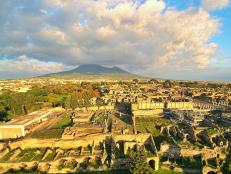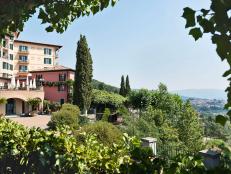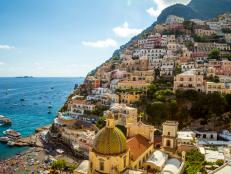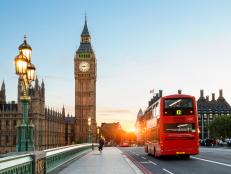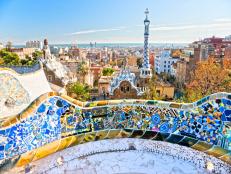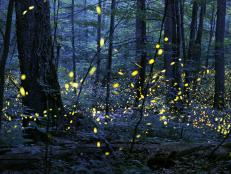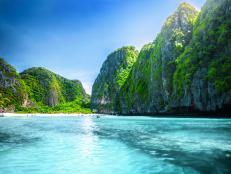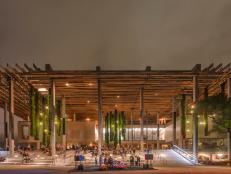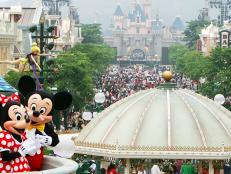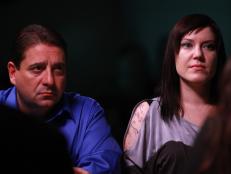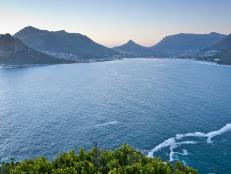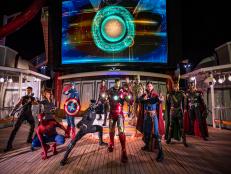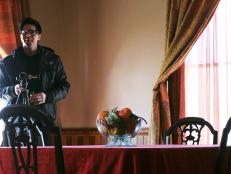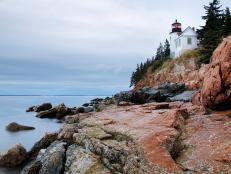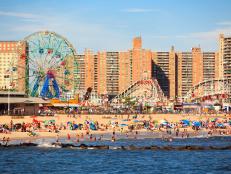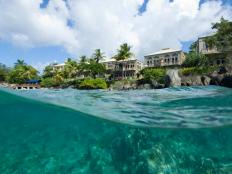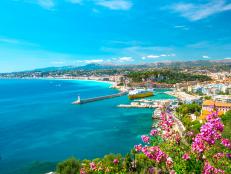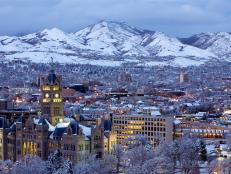Crash Course in Croatia's History

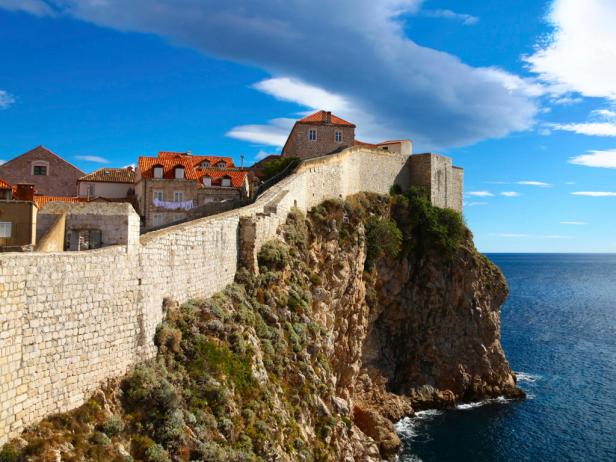
Thinkstock
Little is clear-cut about Croatia’s history -- uncertain origins and crisscrossing allegiances abound. Even today, many details of Croatia’s emergence as a nation are still shrouded in mystery. For example, historians disagree on the genesis of the earliest tribes of Croats. Were they really Slavic and, if so, how closely related to other Slavic groups? How did they come to occupy the land that we now call Croatia? Further down the timeline, Croatian history becomes an even more complicated algorithm of shifting ethnic and national identities. Admitting these uncertainties, there are still a few key developments to keep in mind when trying to make sense of Croatia’s past.
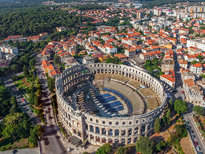
From about 11 B.C. to about the 5th century A.D., Romans ruled the roost. During this era, the territory of what is now Croatia was organized into the coastal area called Dalmatia (yes, this is the provenance of the cute spotted dog) and the northern area known as Pannonia. The Romans, in their conquering heyday, built a network of roads that linked the Dalmatian coast with the Aegean and Black seas and the Danube, making the region their land of plenty. One only has to sit amid the remnants of Emperor Diocletian’s palace in Split, the greatest Roman ruins in Eastern Europe, to get a taste of Rome’s former glory in the region. While the remains of the Roman Empire in Solin, the town that was once the Roman capital of Salona, are not significant, the still-standing amphitheatre in Pula feels like a grand cousin of the Coliseum in Rome.
In Come the Croat Tribes
While the Roman Empire was first thriving and then imploding, Croats and other Slavic tribes were eking out an existence in what some historians think may have been the marshlands of modern-day Ukraine. They were variably forming communities and then migrating and warring upon each other. Historians argue that by the middle of the 7th century, Croat tribes moved into Pannonia and Dalmatia, and powerful clans and rulers emerged.
Christianity Spreads
In 800 A.D., the Frankish emperor Charles the Great, the ruler of Western Europe and first real superpower since the fall of Rome, conquered Dalmatia and, some historians say, swiftly launched a campaign to convert Croat rulers to Christianity. After Charles’s death in 814 A.D., the Byzantine Empire controlled most of Dalmatia, while the Pannonian Croats remained under Frankish rule. The spread of Christianity, however, encouraged cultural ties with Rome, which proved to be a unifying factor in forging a future national identity. Today, a large majority of Croats (about 90%) are Catholic.
Medieval Kingdom
Beginning with the crowning of King Tomislav in 925, Croatia the Kingdom was born. Tomislav united Dalmatia and Pannonia into a single kingdom, and under his rule Croatia became one of the most powerful forces in the Balkans, although the exact geographical extent of Tomislav’s kingdom is unknown and still controversial. After his death, his royal successors continued to rule the kingdom until the latter part of the 11th century, when Hungary stepped in.
Mergers and Acquisitions
How and why exactly Croatia merged with Hungary are points of debate amonghistorians, but according to research by the US Library of Congress, King Ladislaus of Hungary became the new ruler of Croatia in 1091, after the death of the last Croatian king; however, separate institutions of Croatian statehood, like the assembly of nobles known as the Sabor, upheld a system of Croatian leadership. In the 1400s, when the Ottoman Empire was attempting to take over the Balkans, Croatia was stuck in battles between the Turks and the Hungarians. After years of strenuous bashing from the Ottomans, Croatia succeeded in resisting them and joined the Hapsburgs. Croatia would eventually be incorporated into the Austro-Hungarian Empire.
Yugoslavia as Kingdom
In 1918, after the end of World War I and the fall of the Austro-Hungarian Empire, Croatia’s loyalties were once again up in the air. A Croatian delegation decided to align forces with the Serbs, forming the “Kingdom of Serbs, Croats, and Slovenes.” This “Kingdom of Yugoslavia” was a quick failure, declining into uprising and civil war, with one rebel Croat group, the Ustase, waging a brutal terrorist campaign to exterminate all Serbs and Jews. An opposition group, the Chetniks, fought back, but they, too, resorted to terrorism and massacred Croats. However, another group, the Partisans, led by Josip Broz, or Tito, gained wide support, and after World War II, Tito became the leader of Yugoslavia.
Communist Yugoslavia
Under Tito’s leadership, Yugoslavia, which included Bosnia and Herzegovina, Croatia, Macedonia, Montenegro, Slovenia and Serbia, adopted a type of planned market socialism, and privately owned factories and estates were nationalized. Tito transformed Yugoslavia from a largely agricultural nation into an industrialized one. After Tito’s death in 1980, however, cracks in the Yugoslav system grew wider. The economy was weak, Slobodan Milosevic was stirring up divisive Serbian nationalism, and the unity of the Yugoslav government was tenuous. Finally, Croatia declared independence from Yugoslavia on June 25, 1991, a day that is now celebrated as “Statehood Day.” At that same time, Serbs living in the Croatian territory of Krajina proclaimed their independence from Croatia. Civil war was imminent.
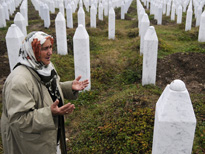
The Bosnian War, from 1992 to 1995, was a territorial battle among Serbs, Croats and Bosnians that is characterized as the bloodiest event in Europe since World War II. Approximately 100,000 people died, a large number of them civilians, and horrific war crimes were rampant. Serbian president Slobodan Milosevic and his soldiers attempted to ethnically cleanse parts of the former Yugoslavia of Croats, Bosnians and Muslims, with the aim of creating what Milosevic called “The Greater Serbia.” When NATO finally intervened with airstrikes in 1995, opposing parties were forced to come to the table. The Dayton Peace Accords were signed on Dec. 14, 1995, officially ending the war.
Modern Croatia
Now, almost 2 decades since the end of the war, Croatia is well established as a safe, independent and tourist-friendly country. With a strong economy and stable government, Croatia is expected to join the European Union in the middle of 2013.

